Surveillance

Public health surveillance refers to the collection, analysis, and use of data to guide public health prevention efforts. Public health practitioners use these data to better understand things like:
- How many people engage in unhealthy behaviors.
- How many people have chronic diseases.
- How many people access preventive care.
- How well prevention efforts are working.
Data from surveillance can be used to inform actions and programs that can keep people safer and healthier.
Review CDC’s latest data on adult tobacco use. Information is presented by race/ethnicity, education, annual household income, sexual orientation, health insurance coverage, disability/limitation, and mental health symptoms.
Breastfeeding initiation maps, adult obesity maps, and adult physical inactivity maps highlight disparities and can be used to identify places that might benefit from focused interventions.
The following surveillance systems gather data on chronic disease conditions, in addition to data on social needs, structural and social determinants of health, and/or other drivers of health disparities and markers of health inequity:
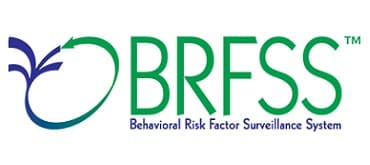
BRFSS collects and reports state data on health-related risk behaviors, chronic health conditions, and use of preventive services. In 2022, BRFSS launched an optional module, Social Determinants and Health Equity.
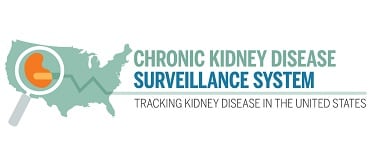
This interactive, comprehensive, systematic surveillance system documents the burden of CKD and its risk factors in the US population over time. It also tracks progress of efforts to prevent, detect, and manage CKD and its complications. Newly included in the system are trends in CKD and household food insecurity score.
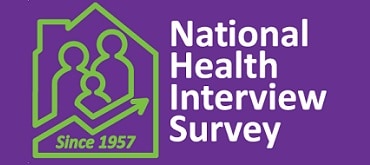
NHIS is a large-scale household interview survey that collects data on health status, health care access, and progress toward achieving national health objectives.
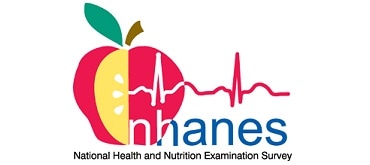
NHANES is designed to assess the health and nutritional status of adults and children in the United States. The survey is unique in that it combines interviews and physical exams.
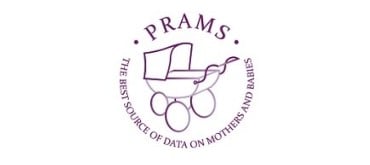
PRAMS collects self-reported data on maternal behaviors and experiences around the time of pregnancy. A 12-question Social Determinants of Health supplement addresses Healthy People 2030 Social Determinants of Health Domains: economic stability, neighborhood and built environment, health care access and quality, and social and community context (such as experiences of racism and discrimination).
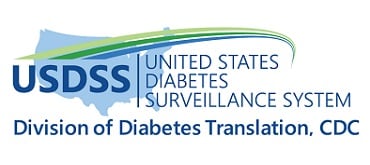
Explore county-level estimates of diabetes, physical inactivity, and obesity in the context of important social factors, including access to health care, transportation, and food.